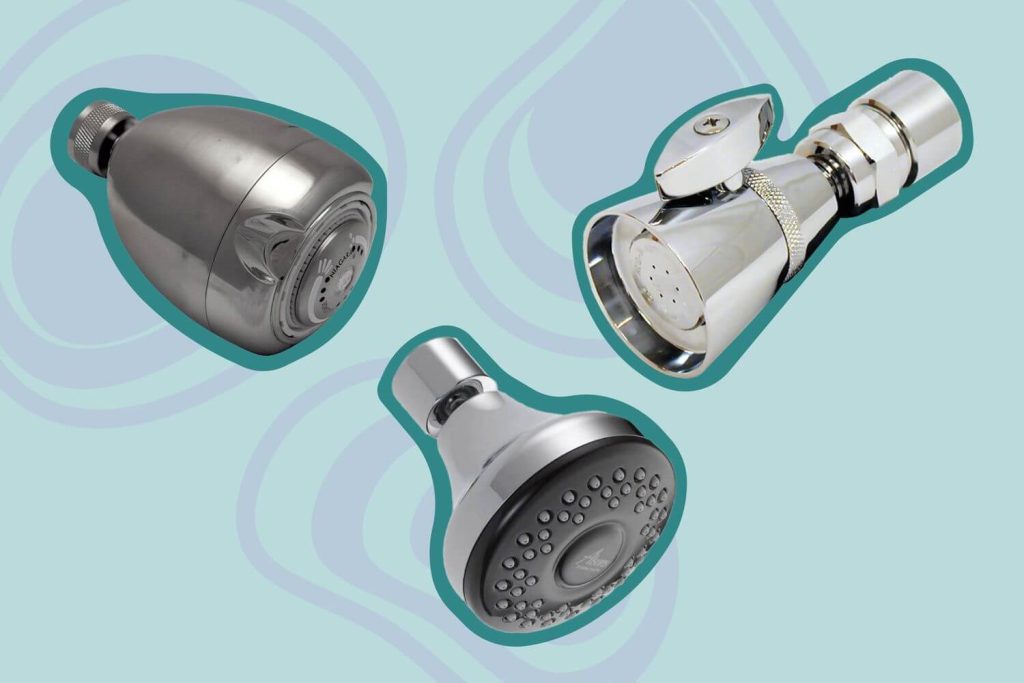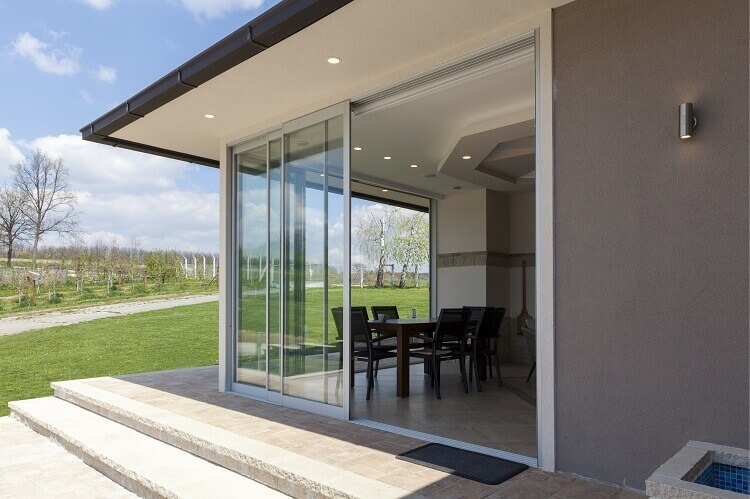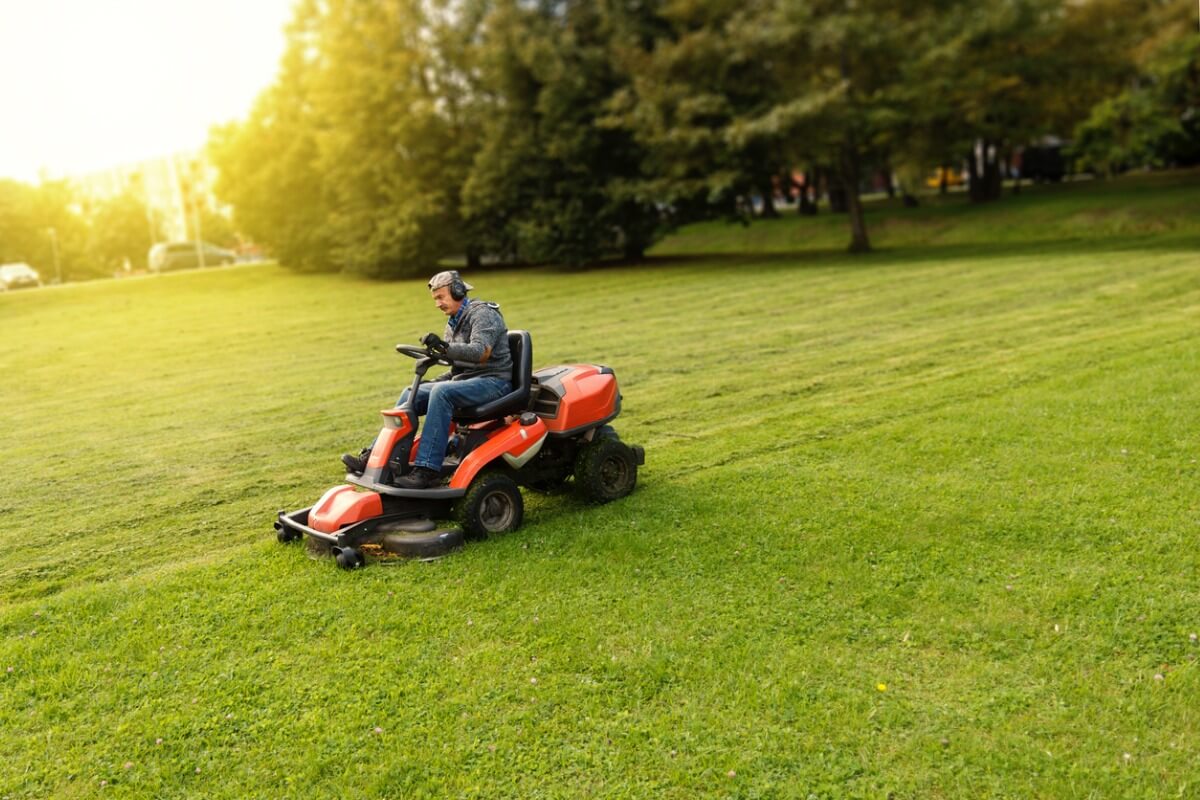Content Attributes
Showering is one of the most common ways people use water in the house. Accounting for almost 17 percent of domestic indoor water usage. For the average household, this equates to approximately 40 gallons per day. That’s roughly 1.2 trillion gallons of water wasted in the United States yearly just for bathing. O enough to feed New York and New Jersey with water for a year!
You may save a significant amount of this water by upgrading your shower with a WaterSense-branded showerhead. Regular showerheads utilize 2.5 gallons of water per minute on average (GPM). Whereas WaterSense showerhead use no more than 2 gallons per minute (2 GPM).
WaterSense Certified
The WaterSense badge, like the Energy Star mark, guarantees consumer satisfaction for plumbing product customers. WaterSense devices have already saved Americans over 4.4 trillion gallons of water and $87 billion in water and energy costs. Replace outdated toilets, showerheads, and faucets with WaterSense items to save even more money.
The WaterSense label indicates that the toilet, showerhead, faucet, or other product exceeded EPA product performance criteria. While consuming at least 20% less water than federal water-efficiency requirements.

Showerheads that achieve the WaterSense designation must use no more than 2.0 GPM at the maximum flow rate. WaterSense showerheads must achieve three essential performance features defined via consumer testing. In addition to the water-efficiency criteria: spray force, spray coverage, and flow rate over a range of pressures.
- Spray Force: Enough pressure/ force in the spray from the showerhead to secure user satisfaction
- Spray Coverage: Adequate distribution of the spray from the showerhead to ensure sufficient coverage for the user
- Pressure Compensation: A minimum flow threshold across all the water pressures in the household.
How is the Research done for the Certification?
Through research, collaboration with a range of stakeholders, and a focused user satisfaction assessment. The EPA dedicated significant time and resources to identifying showerhead qualities that are relevant to users. WaterSense discovered that spray force and spray coverage were the most influential factors in user satisfaction as a result of user testing.
The EPA collaborated closely with the ASME/CSA Joint Harmonization Task Group on Plumbing Fittings to create companion tests. That could be used in a laboratory environment to quantify the stated performance features. The EPA then used the findings of the user satisfaction research to develop precise criteria for distinguishing items with which consumers were usually unsatisfied. With the goal of removing products that are unsatisfying to the majority of users.
These test methods have been taken up by the national ASME/CSA plumbing standards and now dictate all high-efficiency showerheads.
When installing WaterSense showerheads or any other showerhead with a flow rate of less than 2.5 GPM. One must ensure that the smart shower has a valve intended to safeguard against thermal shock and burning at the rate of flow of the showerhead being used.
Savings Galore
Installing WaterSense-labeled showerheads translate into savings to the tune of 2,700 gallons of water per year for an average family. Because these water savings also end up lowering the demand for water heaters, they also save electricity. An average household may save over 330 kWh of electricity every year, enough to power a house for 11 days.
On a nationwide scale, installing WaterSense-certified showerheads in every house in the United States will save more than $2.9 billion in water utility costs and more than 260 billion gallons of water every year. Furthermore, we will also save around $2.5 billion in energy expenditures for water heating.
How Does WaterSense Work?
WaterSense labeled products meet EPA’s specifications for water efficiency and performance, and are backed by independent, third-party certification. Certifying organizations contribute to the integrity and credibility of the WaterSense label by validating and testing goods for compliance with WaterSense criteria, efficiency, performance, and label use, as well as conducting periodic market monitoring.
Showerheads that carry the WaterSense label are:
- Able to match or better the performance of their regular counterparts on the market
- 20% more efficient in their water usage in comparison to standard showerheads
- Able to produce water savings at the national level
- Able to provide quantifiable water savings results
- Able to use technology to achieve water efficiency
Cold spots generated by too much air in the stream and the pins-and-needles sensation caused by unequal water dispersion through the nozzles are two common issues with low-flow showerheads. Manufacturers are addressing these concerns by altering the form or pattern of spray nozzles and water droplets, as well as adjusting the pressure.
Kohler, for example, reinvented the standard showerhead cavity, which relies on gravity to distribute water. The revolutionary technology employs an internal turbine and a flow restrictor. As well as the ideal nozzle count and location, to provide a revitalizing spray at either 2.5 or 1.75 GPM. Last year, Hansgrohe introduced showerheads that employ air-injection technology to enhance pressure and droplet volume while pouring at 1.8 GPM.
The American Standard FloWise three-function showerhead allows the user to select the flow rate, 1.5-GPM center-only spray, 1.5-GPM center-plus-1.0-GPM perimeter spray, or 2.5-GPM perimeter-only spray. In 1.5-GPM mode, the showerhead returns automatically when turned off. The device saves 40% more water than standard 2.5-GPM versions.
According to the company, a tiny turbine-like device rotates the water stream through the head, producing a forceful, invigorating spray.
The Delta Water-Efficient Showerhead with H2Okinetic Technology. Which operates at 1.6 GPM, and regulates water droplet size and velocity, spray coverage, and thermal dynamics, according to the manufacturer.
The creator claims that larger droplets give greater water coverage, producing a more drenching sensation. While increased velocity delivers a massaging effect. The technique manages the circulation of water within the body sprays without the need for moving parts, avoiding the possibility of failure.
All these showerheads use different techniques, technologies, and methodologies to provide customers with the satisfaction of a fulfilling shower while also ensuring that water usage and wastage are contained to a minimum level. The water savings that are achieved due to WaterSense contribute significantly towards the conservation of the environment, energy, and natural resources.



